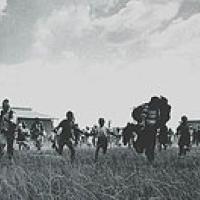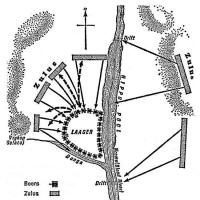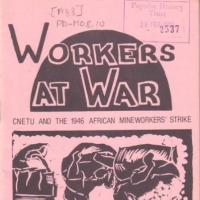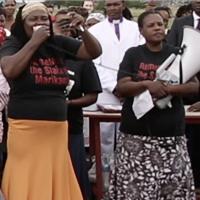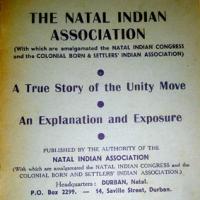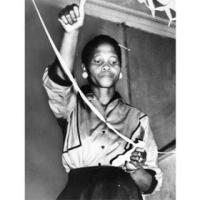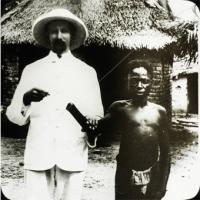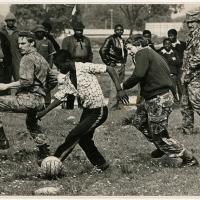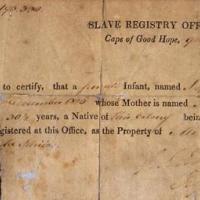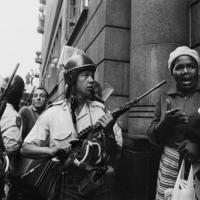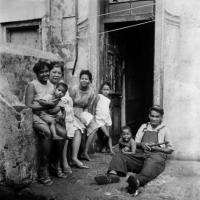The fruit-canning industry in South Africa can be traced to the late nineteenth century, when the first jam factories opened in Paarl and Stellenbosch in the Western Cape. Fruit canning began in the early twentieth century, when the demand for canned food led to an increase in production by 400 per cent (Cameron, 1986: 90).

Published February 25, 2021Updated May 24, 2024
